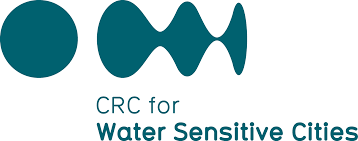
2018-ban az ausztráliai Cooperative Research Centres Program for Water Sensitive Cities (Vízérzékeny Városok Együttműködési Kutatóközpontja) programja támogatta a Sydenham to Bankstown projekt tervezési folyamatát, amely a legújabb kutatásokat a helyi szakértelemmel ötvözte, hogy közösen dolgozzanak ki gyakorlati ötleteket a városi, vízzel kapcsolatos kihívások kezelésére.
A Sydenham to Bankstown folyosó a Greater Sydney Commission’s Greater Sydney Region Plan és Eastern City és South District Plans által meghatározott folyosó, amely 11 központot foglal magában a Sydney Metro Southwest metrovonal mentén Sydenham és Bankstown között.
A projekt kooperatív megközelítést alkalmazott a víz szerepének feltárására és közös tervezésére a fenntartható, rugalmas, termelékeny és élhető városok kialakítására, a természetalapú megoldásokban rejlő lehetőségek feltárása és alkalmazása által. A résztvevők között voltak várostervezők, mérnökök, környezetgazdálkodási- és természeti erőforrás-szakértők. A kutatás együttműködő jellege segített lebontani a szakterületek és szervezetek közötti korlátokat, esetleges érdekellentéteket és gyorsan eredményre is vezetett. Olyan új felismerések születtek, amelyek a gyakorlatban is alkalmazhatók.
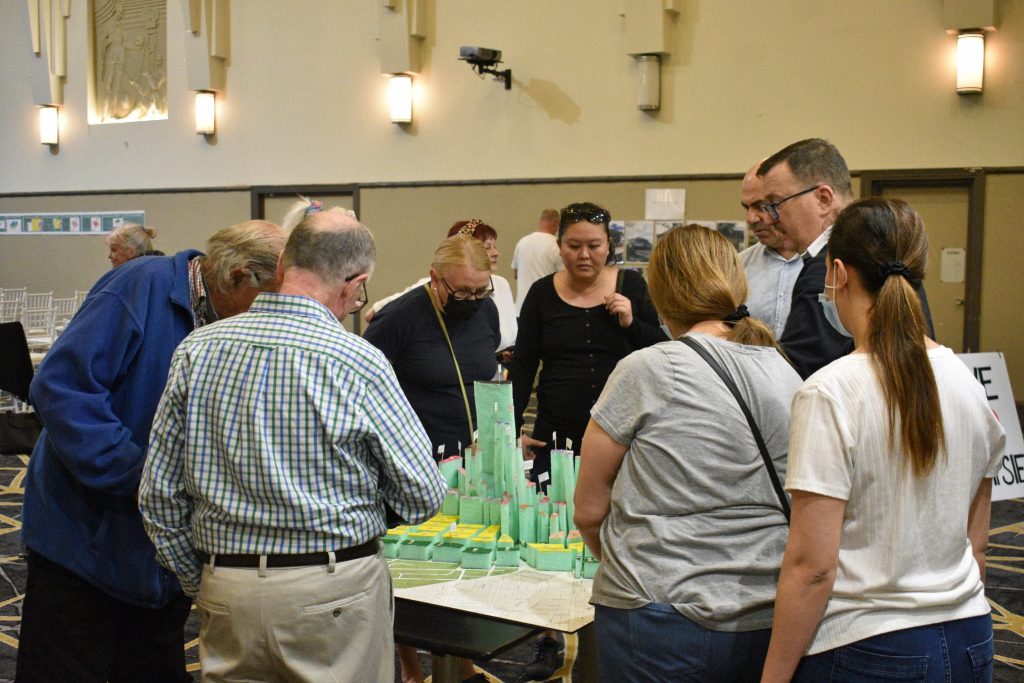
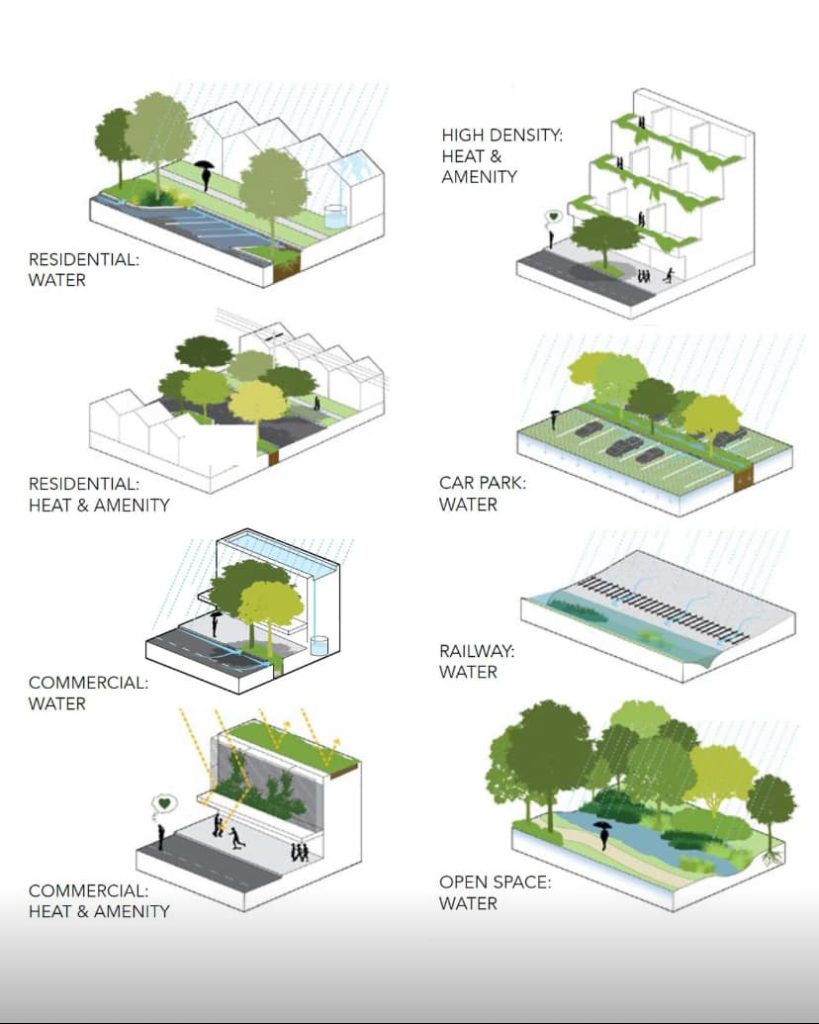
A tervezési elvek
A tervezési alapelvekről szóló workshopon a résztvevőket arra kérték, hogy gondolkodjanak el a két városrészről készült esettanulmányokról, és arról, hogy az egyes városrészek esetében kidolgozott várostervezési tipológiákat hogyan lehetne a gyakorlatban megvalósítani.
- A víz a várostervezés alaprétege legyen
- A víz láthatóvá váljon a városi tájban
- A közösség vegyen részt a tervezésben és az általuk preferált helyek létrehozásában.
- A földhasználat és az infrastruktúra támogassa az erőforrások mobilizálását a körforgásos gazdaságban.
- A vízszolgáltatási stratégia maximalizálja a közösségi hasznot, mielőtt döntés születik a méretarányról (centralizált vagy helyi megoldások).
- A működő ökoszisztéma a hely élhetőségének előfeltétele legyen.
- A műszaki és társadalmi ellenálló képességet meg kell tervezni.
- Az utcák közösségi terek. A közösségek többet akarnak ezektől a terektől, mint az autók számára a hely biztosítása.
- Az épületek a vízgyűjtő topográfia részét képezik – lehetőséget biztosítanak a víz kezelésére, lassítására, tárolására vagy összegyűjtésére.
- A közösség csak a megoldást látja. Az integrált kormányzás biztosítja, hogy ez a megoldás holisztikus és közösségközpontú legyen.
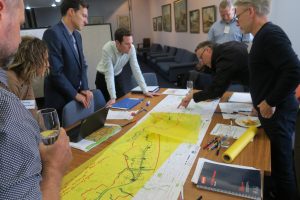
Forrás: https://watersensitivecities.org.au/
A projektben egy sor műhelymunka során tárták fel a problémákat és határozták meg a célokat. A résztvevők közösen dolgozták ki a megoldási javaslatokat, egyértelműen bemutatva azok előnyeit.
Kilencpontos keretrendszer
A Sydenham-Bankstown folyosóról szóló első workshop eredménye egy kilencpontos keretrendszer volt, amely a folyosó egészén a várostervezés, a vízellátás és a vízgyűjtő-gazdálkodás irányítására szolgál.
1.Körforgásos gazdaság
A körforgásos gazdaság regeneratív alternatívája az erőforrások fogyasztásának és ártalmatlanításának a lineáris mintájával szemben. Ez a megközelítés alkalmazható a vízre és az energiára is, segítségével mérhetővé válik egy város hatása a vízfolyások egészségére, a szennyezettségére és a városi hőségre.
2. Vízszolgáltatás
A városi vízkörforgás különböző részeinek – vízelvezetés, víz és szennyvíz – integrált szolgáltatásként való kezelése, és a folyosón belüli helyi rendszerek felhasználási lehetőségeinek keresése.
3. Zöld folyosók
Olyan kisebb nagyobb „zöld folyosók” hálózatának kialakítása, amelyek ökológiai és közösségi eredményeket is hoznak.
4. A vízi utak egészsége
A vízi út a zöld folyosó kritikus eleme. Jól kell működnie ahhoz, hogy ezeket a funkciókat betöltse és megfeleljen a közösség igényeinek is.
5. Árvizek
Az árvizekre való reagálás a földhasználat és az infrastruktúra visszahúzódásával, kiigazításával vagy védelmével az újjáépítés folyamatán keresztül.
6. A városközpont és a közterület aktivizálása
A víz és a zöldítés szerepének kihasználása az utcák és a nyílt terek aktivizálásának fokozása érdekében.
7. Épülettervezés
A vízzel kapcsolatos eredmények a telek/épület léptékében a jobb tervezés révén.
8. Közösségek
Elkötelezett és felelős, vízzel kapcsolatos ügyek iránt érzékeny polgárok és közösségek létrehozása.
9. Kormányzás
Ami a közös tervezést, megvalósítást és irányítást jelenti az infrastruktúra-fejlesztésekben.


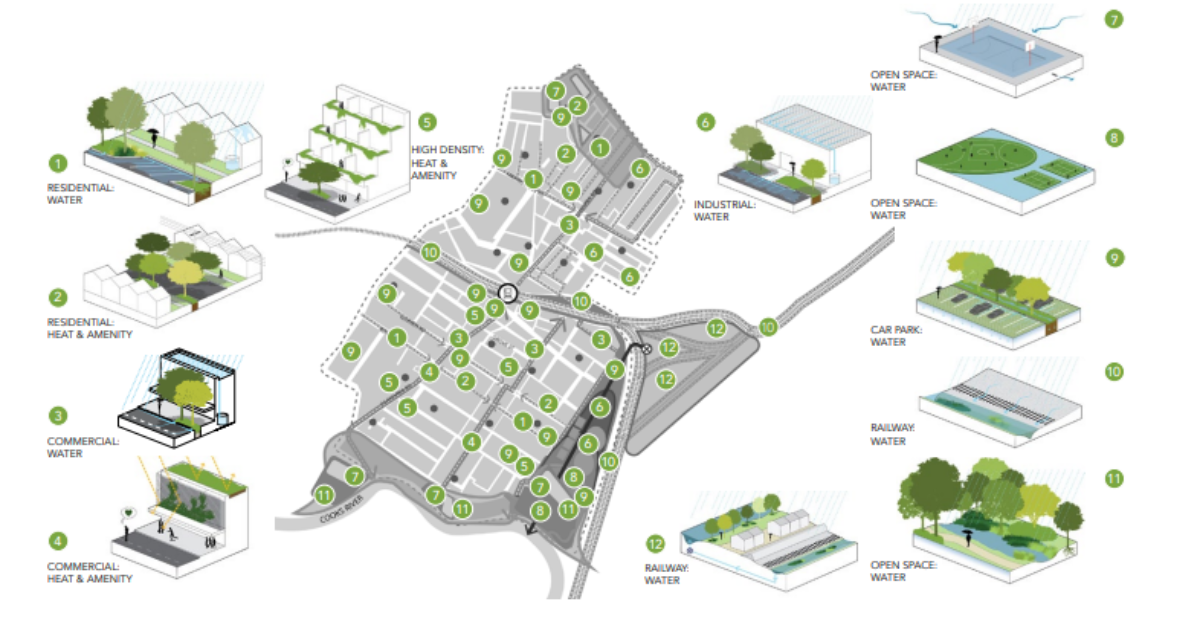
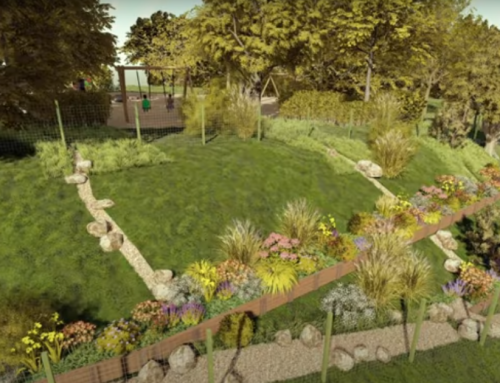

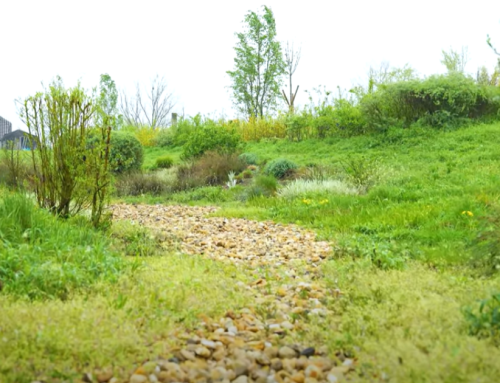
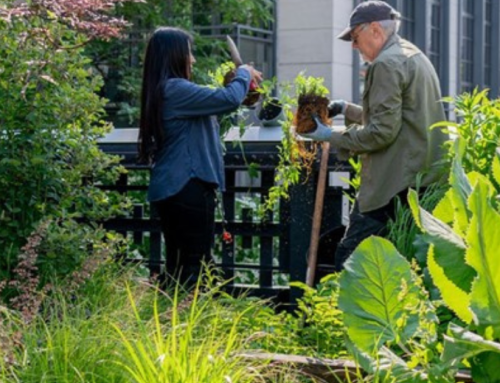
Hagyj üzenetet